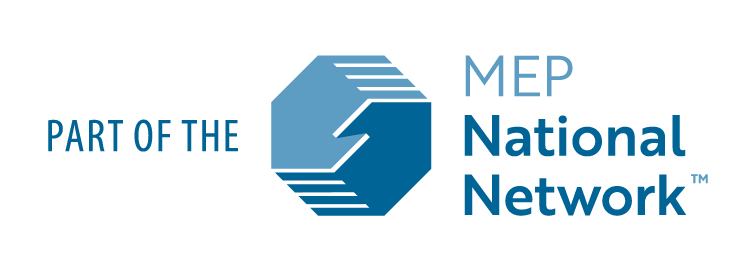Monday, July 22 2019
Give Them a Seat at the Break Table
As I travel around the state doing training at various manufacturers, I often hear about their turnover problems. Particularly within the first sixty (60) days. There is a multitude of suspected reasons given for this type of turnover. I hear a lot about millennials’ work ethic, or lack thereof, about how the work is “too hard” or “too hot.” I would like to propose a different reason why this turnover is occurring.
We are not giving them a seat at the break table. What does “not giving them a seat at the break table” mean?
Remember when you went from middle school to high school? On the first day, you went into the lunchroom, got your lunch, and were trying to decide where to sit. You headed towards a table, and others at the table (upper classman/women) looked at you and shook their heads; basically saying, “not on your life, Freshman.” Remember that feeling?
That is how a new employee feels. Sure, we give them orientation. Our HR team does their best to make them feel welcome, and then we send them to the line and say, “good luck.” But what happens during their first break? Does anyone bother saying to them, “hey, come sit with us?” No. Instead, we go and sit with our social group; and when a “newbie” comes into the breakroom, we look at them the same way the upperclassmen/women looked at us our freshman year.
In essence, we tend to alienate our new employees. Not on purpose, but through our nonverbal behaviors. We give them different colored hats or shirts, in the name of safety and of letting everyone know they are new and may need help. We pat ourselves on the back for this type of “innovative” way of supporting them. Yet, what are we really doing? We are segregating them. We are identifying them as separate from the “real” team. We make them feel like second-class citizens, then we wonder why they do not feel like part of the team.
Add to this a frequent lack of a robust training process and it is no wonder they leave within the first few weeks, if not days.
So, what steps can we take to improve?
- Give them a seat at the break table. Assign someone on the team to make sure new employees feel welcome at the break table. Invite them to break. Encourage current team members to get to know their new colleagues quickly. Help them to remember what it was like when they were new.
- Get rid of the different colored shirts/hats. Direct-line leadership (team leads, group leads, and supervisors) ought to know who is new. They ought to know each of their employees by name, including the new ones. They should know who is new and who is not, not by the color of their clothing, but by face recognition.
- Make sure we have a robust training process. Assign them a “buddy” (i.e. trainer) who will be there when they have questions. Make sure you pick the right trainer. Your top-level performer is not necessarily a good trainer. It takes a certain type of personality to be a good trainer. Make sure your training process includes proper identification of good trainers.
Why do people joins teams?
- Attraction to others in the team.
- Attraction to the team’s activities.
- Attraction to the team’s goals.
- Attraction to being affiliated with the team.
- Attraction to needs outside the team. [1]
Often people join an organization for the money (i.e. reason 5). But they stay because of one or more of the first four reasons.
As leaders, we need to make sure we are providing the right environment to help new employees quickly feel one or more of the first four attractions.
How can we do this? We can start by giving them a seat at the break table.
--
[1] Tubbs, Stewart L., A Systems Approach to Small Group Interaction, 10th Edition, McGraw-Hill, New York, NY 10020, © 2009
Writer: Gene Jones, 765-496-7802, jonesew@purdue.edu


